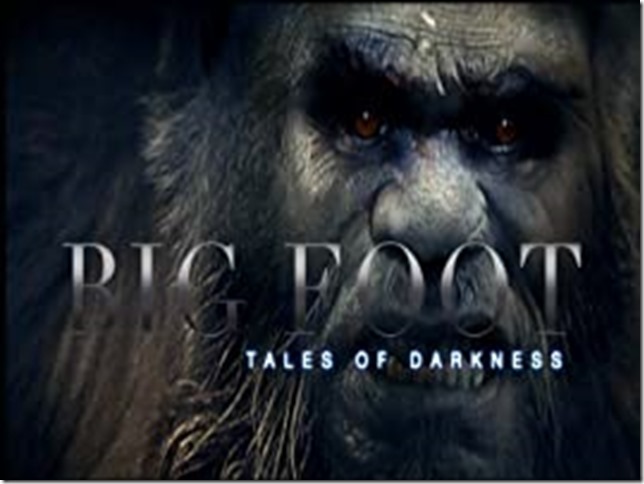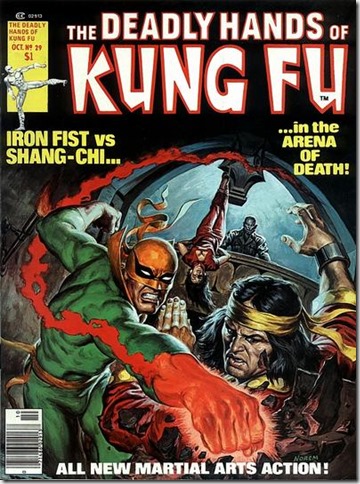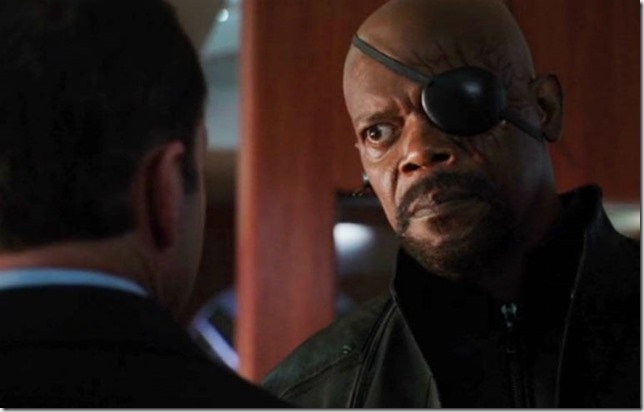A few Magenic colleagues and I happened to be in the office at the same time today and were discussing what makes a good software consultant. We arrived at the idea that there are certain archetypes that can be associated with our profession. Consulting and independent contracting require a peculiar combination of skills which are not always compatible: leadership, salesmanship, problem solving, commitment, patience, quick thinking, geekiness, attention to detail, attention to vision, and so forth.
As a consultant, one is often both the salesman and the product being sold, and it requires a bit of a split personality to pull both off well. Most consultants are able to do well with certain aspects of consulting but not others. It seemed to us, however, that if we could identify certain “types” of consultants rather than try to identify the particular skills that make up a consultant, we would arrive at something approaching a broad spectrum of what consulting is all about.
After a bit of work, Whitney Weaver, Colin Whitlatch, Tim Price-Williams (who needs a blog because he knows too much about the entity framework not to share) and I came up with the following list of consulting archetypes and the qualities that exemplify each one.
For our unit test, we then tried to match consultants we know first with who they think they are and then with who they actually resemble. It worked out pretty well, and so we thought we’d turn the idea loose. (I turned out to be a weird mix of MacGuyver and the Jump-To-Conclusions-Guy, though I also have a savior complex.)
See if any of the following archetypes matches people you know. And if you think we’ve left an important archetype out of our catalog, please let me know in the comments.

Jack Bauer
Jack is the ultimate get-things-done guy. This is in part because he takes the full weight of any project on his own shoulders. He is admired by everyone he encounters for his dedication and competence.
He also comes across as a bit harsh, however, so we can’t really say he has good soft skills. Some consider consultants like him to be a bit too good to be true.

House
House is great at diagnosing any problem. He is methodical and thorough while at the same time he is able to think well outside of the box.
He is also a bit of a dick and will turn on you when you least expect it. On the other hand, when he throws you under the bus, at least you’ll know it wasn’t personal.

Maverick
Maverick is charismatic as well as intensely competitive, though his arrogance tends to put people off. If you think a task will take two weeks, he’ll claim it can be done in two days. If you estimate that something will take two days, he’ll insist he can do it in two hours.
He always manages to be successful though no one is sure how.

Sarah Connor
Sarah thinks quickly on her feet and is an extraordinary problem solver. She has a great mix of soft and technical skills.
Sadly, she tends to get the people around her killed. Consultants with skills like hers seem to take on a lot more risk than the rest of us would, and we all reap the consequences.

Don Draper (Mad Men)
Don has infinite charm and is a perennial winner. Women love him and men want to be his friend.
He is also clearly hiding something from everyone, and is haunted by the notion that he is ultimately a fraud.

Neo
Neo can re-program reality.
Some consider him to be wooden. He also has a bit of a savior complex.

The Chick from Terminator 3
Pros: She’s smokin’ hot.
Cons: She will kill you at the drop of a hat.

MacGuyver
MacGuyver is a jack-of-all trades, the kind of consultant you want on any project. He also has great hair.
He tends to be a bit of a one-man-show, however.

Kramer
Kramer has the “vision” thing. He’s the one who will envision and lay out the entire architecture of the project in the first few days despite other people’s misgivings.
Unfortunately Kramer has poor follow-through. You’ll be living with his architectural decisions long after he’s moved on to bigger and better things.

Benjamin Linus
Ben has excellent soft skills. He is a master manipulator. He can turn any situation to his own advantage. In a tough negotiation, he’s the consultant you want at your side.
On the other hand, he is pure EVIL and cannot be trusted.

Alec Baldwin in Glengarry Glen Ross
“Second prize is a set of steak knives.” Alec is a motivator. Other people quiver in his presence. We all know that sometimes you have to be an asshole to get things done. Fortunately a consultant like Alec loves that part of the job.
We can assume that he will eventually flame out, as people of this type always do. Sadly, no one will really feel sorry for him when this happens.

Cartman
Eric Cartman has strong survival skills and is highly self-confident, both of which enable him to accomplish his sometimes overly ambitious schemes. He also aways has a private agenda.
Because of this, he tends to make himself a bit of a target, while his single-minded pursuit of his own ends can cause serious problems for other consultants.

George Costanza
Everything always seems to blow up on George. He is also high maintenance.
On the upside, he is generally considered non-threatening, which can sometimes be a very good thing in consulting.

The Jump-To-Conclusions-Guy
This guy is eternally optimistic. He considers himself to have excellent people skills.
He does not have excellent people skills.

Vanilla Ice
Vanilla Ice is the archetypal one-hit wonder.
He did something important back in 1990 and has been living off of that one success ever since. Then again, not everyone gets even that one success, so don’t judge him too harshly.

Lumbergh
Lumbergh is the anti-Jack Bauer. He is a human deflector shield, and while you’re not looking he’ll manage to blame you for his screw ups. When he throws you under the bus, you’ll know that it really was in fact personal.
The best that can be said of Lumbergh is that you don’t run into too many Lumberghs in software consulting.
We are so happy with this catalog of consulting types that we are thinking of using it in our local vetting of new-hire candidates. Given the broad range of technical skills people can have, it seems rather unfair to try to label new-hires as “senior” or “junior” or anything like that. What we’re looking for, after all, is a good fit for our local office, and the best way to do this is to, say, determine that we need another Maverick or a Sarah Connor or a Neo, and to try to find the right person following the guidelines above.
Moreover, when we tell our clients that we are sending them our A-Team, we can mean it literally: they are getting one Alec Baldwin, one Don Draper, a MacGuyver and a Jump-To-Conclusions-Guy. On the other hand, if someone wants the cast from Seinfeld, we can fill that order, too.




































